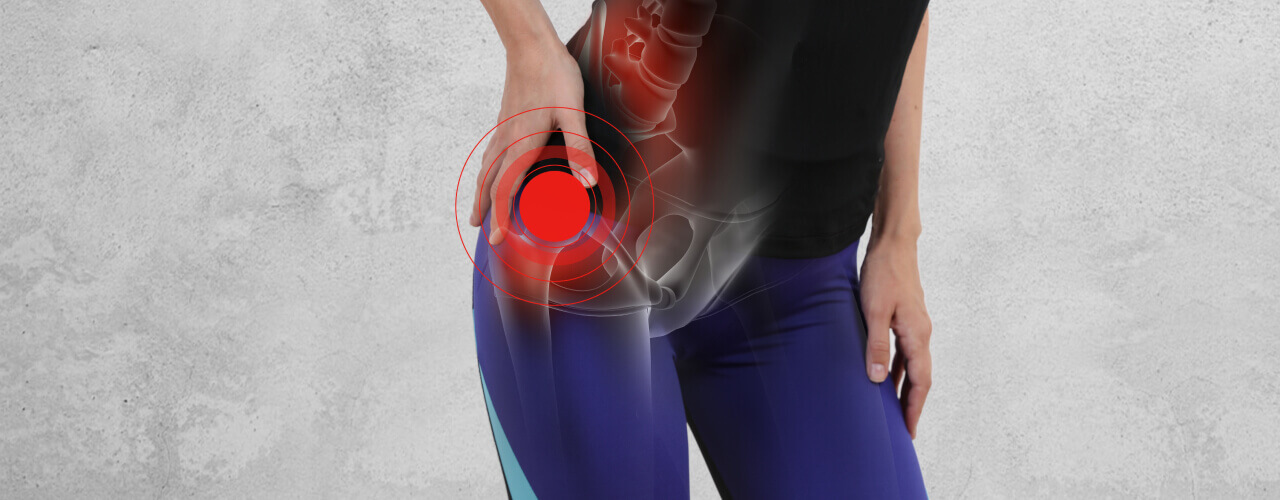Chronic joint pain can be an issue that plagues you weeks and even months. It’s something everyone dreads and when it comes, we often have no clue how to deal with it.
Joints are the structures that form the connections between the bones. Joints provide assistance and support in movement. There are a wide variety of different conditions that can cause chronic joint pain, among them are bursitis, osteoarthritis, rheumatoid arthritis, sprains and strains. Joint pain can occur in any part of the body, but the knee, hip and shoulder are most common.
What Can Physical Therapy for You?
Among the many things a physical therapist can do for your pain, they’ll work with you to strengthen the muscles that surround the joint, while improving range of motion, stabilizing the joint and relieving joint pain.
Passive treatments by a physical therapist include cold therapy, heat therapy, and hydrotherapy. All three play key roles in bringing your body to the place it needs to be. Cold therapy is a widely used method that many have even utilized from home. This practice is mainly used to reduce swelling and help relieve pain. There is also evidence that cold therapy can help decrease overall sensitivity to pain in the affected area.
Heat therapy increases blood flow to the joints and promotes circulation. Heat is able to penetrate into tissue, easing soreness and trigger points, helping the body heal.
There’s a long history behind Hydrotherapy and the massive benefits it has had on patients all around the world. But the practice of it encompasses so many different types of treatments it can be hard to differentiate which is best for you. The majority of them include exercises done in warm water to facilitate motion. This involves treatments like saunas, steam baths, foot baths, and showers. Hydrotherapy has been proven to help with Osteoarthritis and rheumatoid arthritis, relieving stress and assisting in recovery and preparation for surgery.
Strengthening exercises increase the power of the muscles and can also help alleviate pain. If you strengthen the muscles around the affected area and get them used to frequent movement, it can relieve stress in the joints and help them absorb shock.
Flexibility exercises help increase movement and restore the joints back to normal function. Depending on the cause of joint pain, a physical therapist may implement soft tissue mobilization or joint mobilization. Studies have supported that these types of manual therapy are beneficial for those suffering with joint pain.
Wondering What’s Causing Your Joint Pain? These Could Be Your Answers
“Osteoarthritis and joint disorders rank among the most common conditions for visits to health care providers, according to a new Mayo Clinic Proceedings study. Osteoarthritis is a progressive joint disorder caused by gradual loss of cartilage. Cartilage loss results in the development of bony spurs and cysts at the surface and margins of the joints, which leads to inflammation, pain, stiffness, limited movement and possible deformity of the joint.”
Osteoarthritis is a common cause of chronic joint pain and commonly resides in either the knee, shoulder or hip, but it isn’t unheard of for it to affect other parts of the body.
Rheumatoid arthritis is an autoimmune disease that affects joints in the hands, knees, feet, wrists, shoulders and ankles. Enzymes attack the body’s tissues and destroy the linings of the joints. What you can expect after this is stiffness, pain, swelling and reduced movement. Physical therapy can help ease the pain of rheumatoid arthritis and possibly slow the progression of this disease.
Bursitis is a medical condition that affects the small, fluid-filled sacs. These sacs are known as bursae. They are the cushions of the joints. It often occurs from repetitive motion. The bursae becomes inflamed and causes joint pain. Bursitis often occurs in the elbow, shoulder and hip. Physical therapy strengthens the muscles in the affected area and eases the pain from bursitis.
Chronic joint pain can also be due to psoriatic arthritis. This skin condition is characterized by joint swelling, stiffness and pain. The immune system attacks the joints in psoriatic arthritis. It often occurs in the finger and toe joints but can occur in the back and knees.
Regardless of what the cause of your joint pain is, physical therapy can help you manage the pain and increase joint function.
A physical therapist will create an individualized treatment plan depending on the cause of your joint pain designed specifically to reach your goals and get your body to the place it needs to be.
Physical therapy has helped hundreds of people with chronic joint pain and if any of this sounds like what you’re struggling with, make the call today and start living the pain-free life you deserve.


